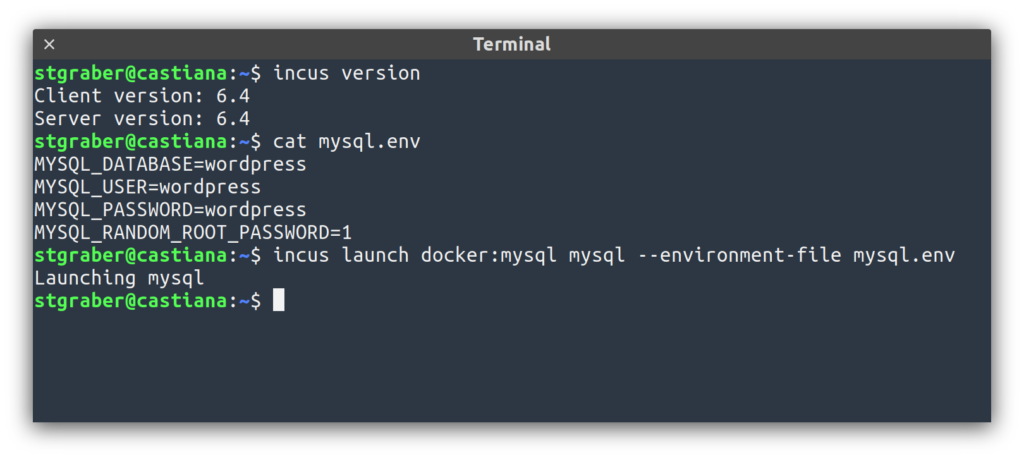The Incus team is pleased to announce the release of Incus 6.7!
This is another one of those pretty well rounded releases with new features and improvements for everyone from standalone users to those running a small homelab all the way to large scale cluster users, there’s something for everyone!

The highlights for this release are:
- Easy access to the Incus web interface
- Automatic cluster re-balancing
- DHCP renewal for OCI containers
- Partial instance/volume refresh
- Configurable columns, formatting and refresh time for incus top
- Support for DHCP address ranges in OVN networks
- Changing of parent device for physical networks
- Aditional QMP helpers in QEMU scriptlet
- Additional QEMU log file for QMP commands
- New get_instances_count command for placement scriptlet
- Support of formatting in incus admin sql command
The full announcement and changelog can be found here.
And for those who prefer videos, here’s the release overview video:
You can take the latest release of Incus up for a spin through our online demo service at: https://linuxcontainers.org/incus/try-it/
And as always, my company is offering commercial support on Incus, ranging from by-the-hour support contracts to one-off services on things like initial migration from LXD, review of your deployment to squeeze the most out of Incus or even feature sponsorship. You’ll find all details of that here: https://zabbly.com/incus
Donations towards my work on this and other open source projects is also always appreciated, you can find me on Github Sponsors, Patreon and Ko-fi.
Enjoy!




 Github
Github Twitter
Twitter LinkedIn
LinkedIn Mastodon
Mastodon